INTRODUCTION BY CHRONEXT CO-FOUNDER AND CEO PHILIPP MAN
As we reach what we hope is the end phase of the pandemic, it is a good time to reflect on how the entire watch industry has been affected, what changes will be permanent and which will be quickly reversed.
The most important adjustment was driven by customers who, locked in their homes for months on end, became ever more confident in researching and buying watches online.
Welcoming these customers with open arms are businesses like CHRONEXT, which were born and raised online and have little legacy brick and mortar business to protect. We have seen traffic to our online store soar since the beginning of the pandemic, and we have continued to grow our audience even though most people are now back to more normal lives.
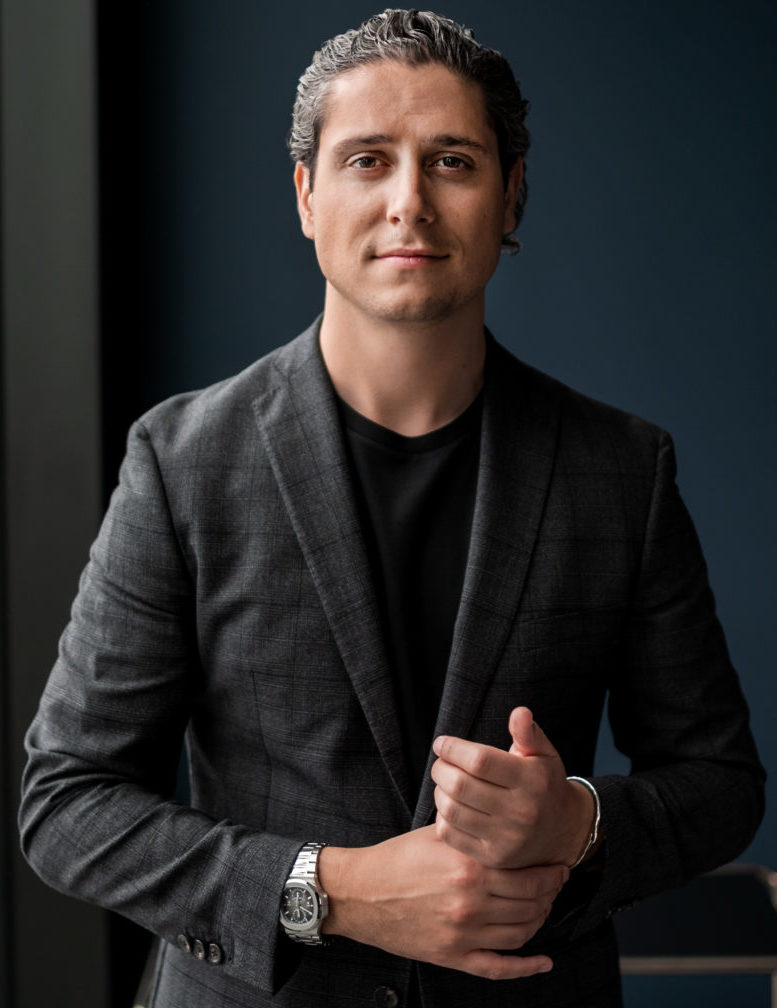
Even for new watch purchases through authorised dealers, the journey towards purchasing a high value timepiece begins online, and almost every customer will visit several sources for news, information, pictures, videos and comparisons between models they are considering.
Certified pre-owned specialists are an important part of this journey, not least because customers gain confidence from knowing how valuable luxury watches can be even after several years of loving ownership. This is another reason why watch enthusiasts are so much more comfortable spending considerable sums for prestigious watches online. This trend is set to continue.
One thing that I do not think has changed is the desire of some customers to visit beautiful jewellery and watch stores to try things on and get advice. Great retailers do a fantastic job of turning the shopping experience into a memorable event, and I hope this service never goes away.
Authorised dealers in the primary market and certified pre-owned players in the secondary market are part of the same ecosystem, and the old animosity between the two worlds has all-but disappeared. That might explain why we at CHRONEXT have attracted such incredibly talented and experienced executives to our board of directors in recent months.
I am delighted to be surrounded with such amazing minds as CHRONEXT charts the next phase of our growth. The ability of exceptionally skilled people to transform a company like ours is another constant that is unaffected by economic downturns or a crisis like the pandemic, and it gives me a surge of adrenalin every day to know that I am part of such an incredible team.
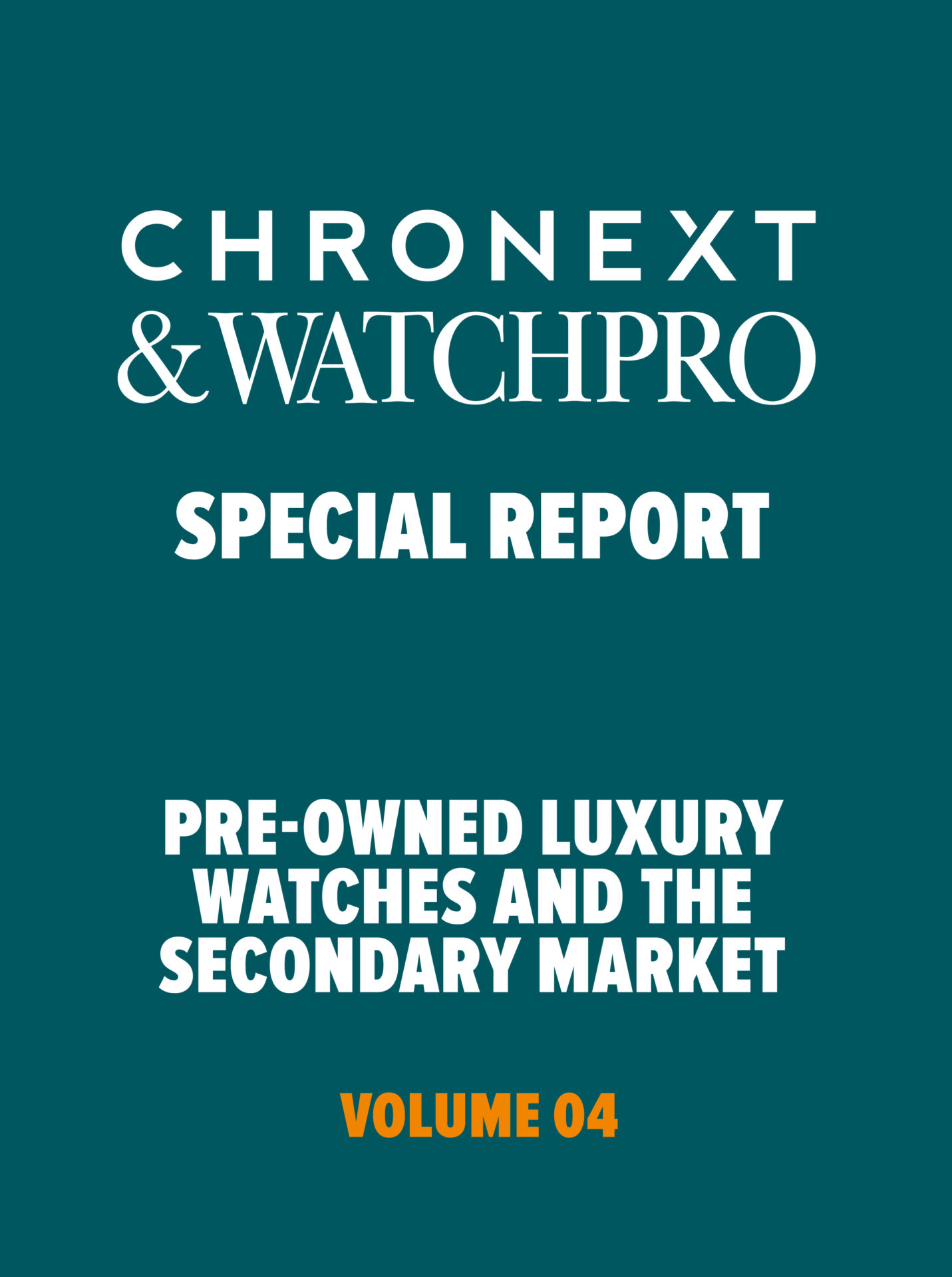
CERTIFIED PRE-OWNED MARKET SURGES
We may all have had enough of graphs and graphics predicting the future trajectory of the pandemic over the past 18 months, but forecasting can be insightful and a study from McKinsey & Company from earlier this year has the watch industry worried. In it, the market for new watches is predicted to grow in value by as little as 1% per annum; adding just $3 billion in retail turnover. No wonder even the Swiss watchmaking giants are finally getting interested in certified pre-owned, which is predicted to grow from a retail value of $19 billion in 2019 to over $30 billion in 2025. What is causing this surge in CPO demand? WATCHPRO and CHRONEXT investigate.
A report published earlier this year by Business of Fashion and including research by McKinsey & Company made grim reading for watch manufacturers and their retail partners in the primary market because there was almost no growth predicted in the total value of sales for new timepieces from 2019 to 2025.
From a revenue at retail value of $49 billion in 2019, McKinsey & Co forecasts growth to between just $52 billion to $59 billion; only 1% to 3% growth per year over six years.
Online sales of new watches will rise from only 5% of the market in 2019 to a still modest 11% in 2025, the report suggests.
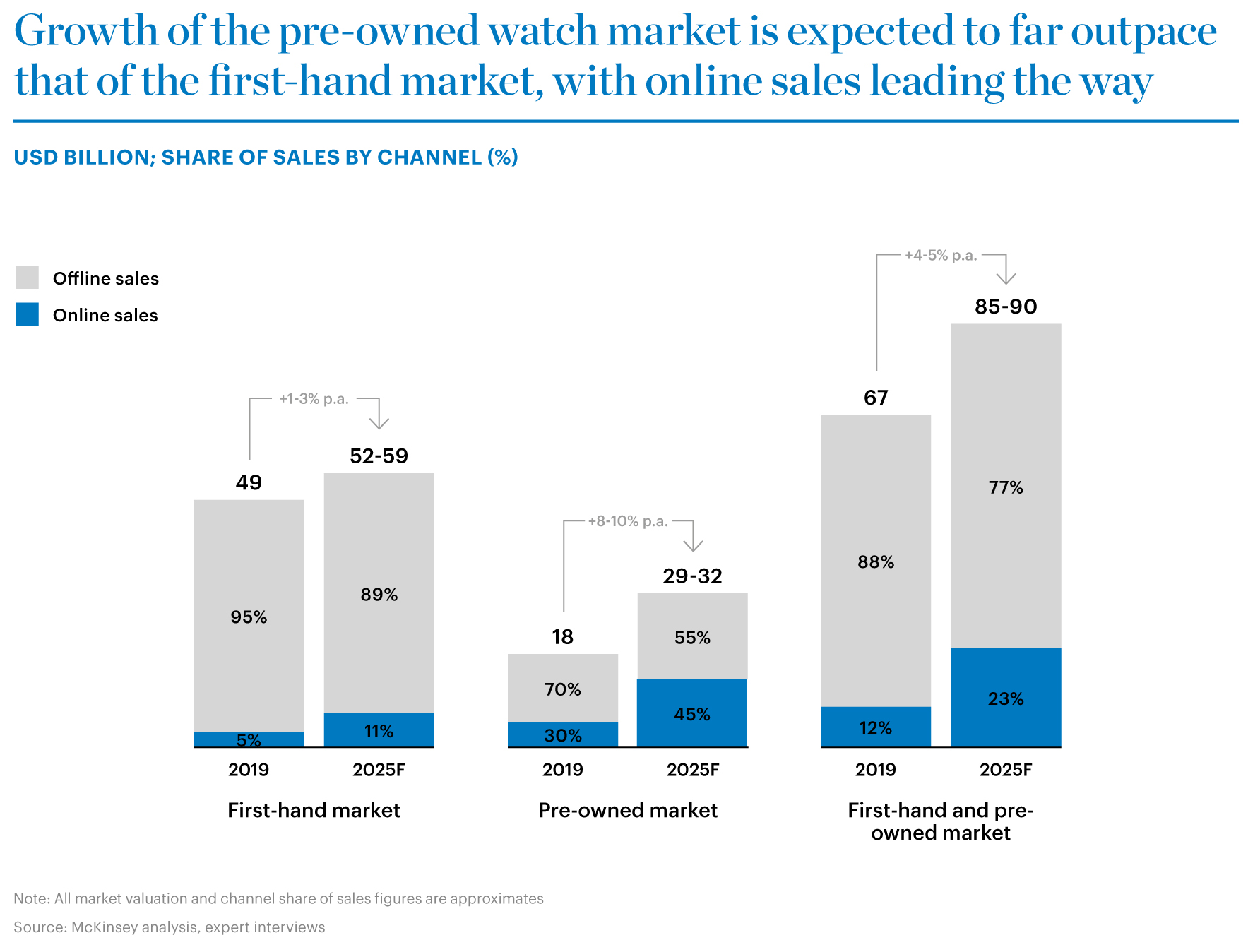
New watches are not the only sales that matter these days. Add in pre-owned and the total retail value of the entire watch market at retail rises to $67 billion in 2019, with new watches accounting for 73% of the total and second hand the other 27%.
Fast forward to 2025 and McKinsey reckons pre-owned will have grown at a more healthy 8-10% per annum, increasing the total value of sales from an estimated $18 billion in 2019 to between $29 billion and $32 billion in 2025. By then, second hand will account for more than one third of the total watch market.
Pre-owned specialists are also best-placed today to take advantage of rising online sales. Why? Because online is where most of them started life. It is second nature to them while authorised dealers of the biggest brands are having to manage a tricky transition from lavish physical showrooms in expensive prime locations to digital sales and marketing.
Combining new and pre-owned watch sales, McKinsey predicts that online sales amounted to 12% of sales in 2019, but this will climb to 23% by 2025. Ecommerce is expected to account for 45% of pre-owned sales by that time.
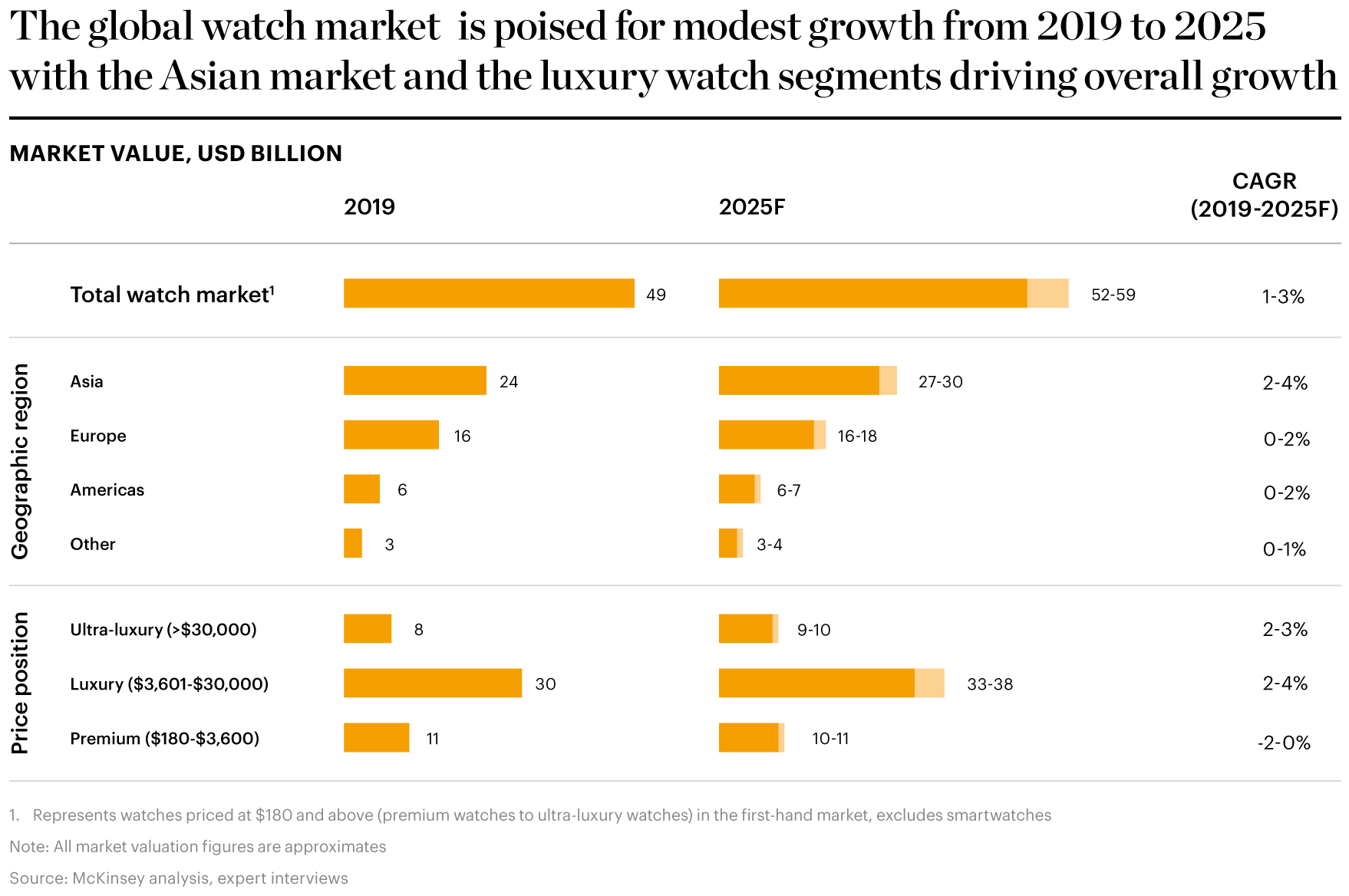
You could be forgiven for questioning the accuracy of so called experts and their modelling after the farcically pessimistic predictions of Britain’s SAGE boffins and the CDC scientists in America and, barring another major economic shock between now and 2025, it would be reasonable to think both the primary and secondary market will grow much faster than McKinsey predicts.
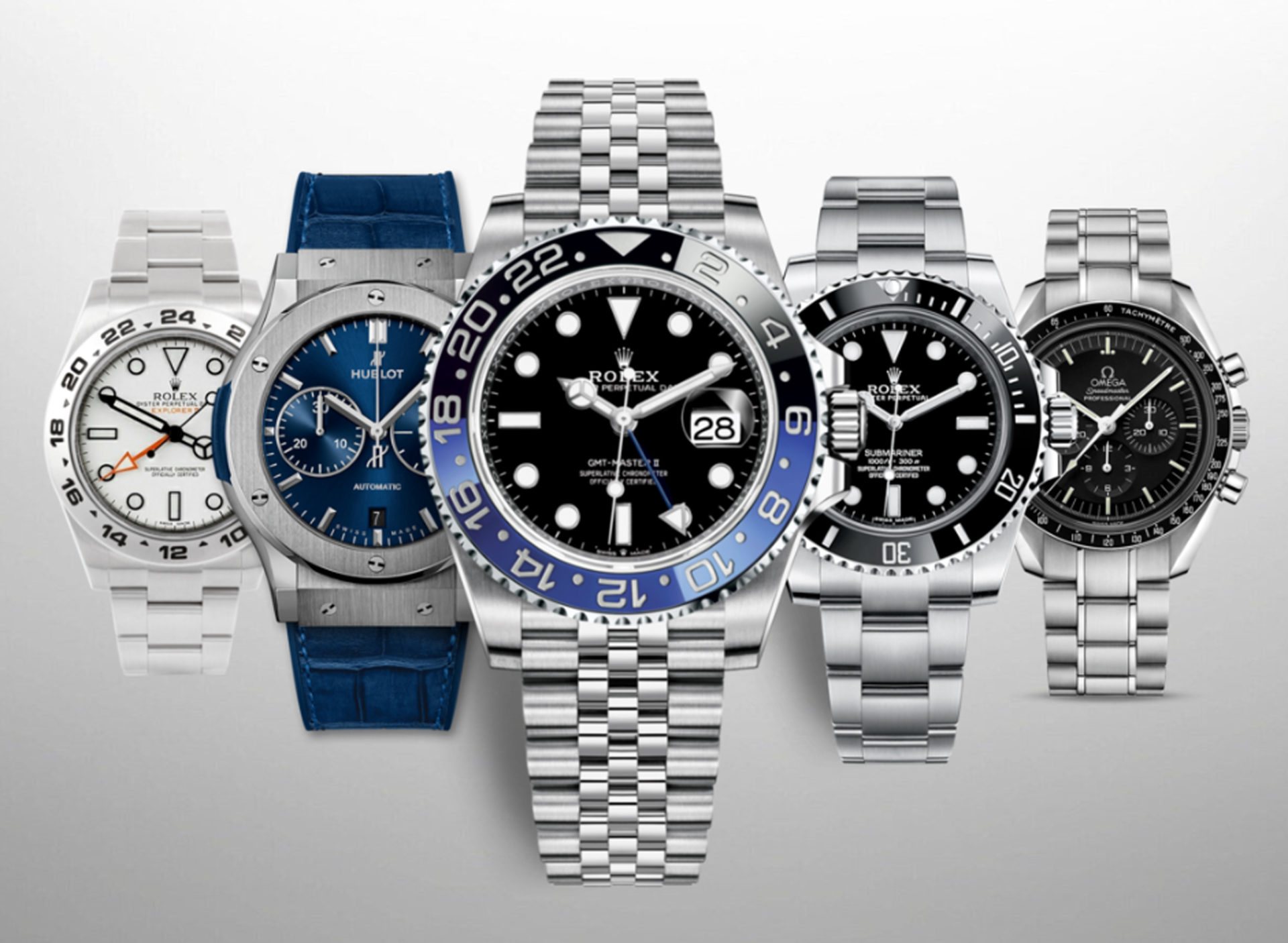
Certainly the largest players on both sides of the Atlantic are reporting record sales for both pre-owned and new luxury watches this year. Bucherer and Watches of Switzerland Group seem to be constrained only by supply issues not any sign that there is a ceiling on demand.
The primary market is being driven by rapidly rising average transaction values, and these are more than compensating for falling volumes. If the Swiss can make the right watches in the correct quantities, new unit sales should soar.
Pre-owned also has challenges securing the most desirable watches, but that has not prevented CHRONEXT from notching sales growth of 47% on average for the last two years, according to chief executive Philipp Man. Swiss Watch Expo, a pre-owned specialist in Atlanta, Georgia, had a record year in 2020 and will beat it again this year, the company’s CEO Eugene Tutunikov reports.
Xupes in the UK is about to move into larger premises that will give it the capacity to handle an expected tripling of turnover next year.
Specialist watch marketplace Chrono24 says sales rose by 50% last year, further evidence of a dramatic shift towards shopping online for prestige timepieces during the pandemic.
In a recent conversation with Watches of Switzerland Group CEO Brian Duffy, he suggested that the size of the pre-owned market has been exaggerated. But he would say that, wouldn’t he?
Despite the acquisition of vintage watch specialist Analogue Shift in the United States in September last year, the group’s pre-owned sales barely register amid sales of $1.3 billion in its last financial year.
The likes of CHRONEXT, Watchfinder, Watchbox and Watchmaster are convinced that it is only a matter of time before luxury watches are sold and resold many times over their lifetimes in the same way that an average family car has multiple owners.
A Watchfinder study recently found that there are watches with an estimated value of around $60 billion gathering dust and all-but forgotten in houses in the United States.
America accounts for just over 10% of the global market for new watch sales, suggesting there are $600 billion worth of timepieces that could be given a second, third or fourth life with pre-owned traders profiting every time.
This may explain why so much investment is pouring into the pre-owned sector, and why some big names from the primary market are joining the boards of some of the leading players.
The sector is attracting both cash and human capital. Chrono24 revealed it had completed a fresh funding round of €100 million in August that the company says will be invested in accelerating its global growth trajectory. The round was led by private equity giant General Atlantic with participation from Aglaé Ventures. Aglaé Ventures is a technology-focused venture capital firm based in Paris, New York and San Francisco that is backed by Groupe Arnault, the controlling shareholder of LVMH.
Hodinkee raised $40 million at the start of this year and a month later acquired Crown & Caliber for an undisclosed sum.
CHRONEXT and Chrono24 have both announced significant appointments to their boards this year that not only bring expertise to their organisations, but are also likely to open up strategic opportunities in different parts of the world and with various potential partners.
Chrono24 hired its first chief financial officer, Stephan Kniewasser, at the end of last year. His 25 year career has taken him from the banking and finance sector into digital pure plays including a two year spell as CFO and managing director at Teamviewer. Chrono24 was keen to share news that Mr Kniewasser laid the groundwork for an IPO while at Teamviewer that valued the business at $5.78 billion and is now worth around $10 billion. “With Stephan Kniewasser, we have found a strategic professional to fill our new CFO position. After increasing our sales by over 50% last year, we look forward to tackling our next set of ambitious goals with him,” says Chrono24 co-CEO Tim Stracke.
CHRONEXT’s hiring spree for its board of directors has been at another level this year, and is reminiscent of the way Real Madrid assembled a team of the best players in the world that came to be known as the Galácticos that dominated European football for a decade.

In just the past month, CHRONEXT has announced the appointment of Facebook’s former chief marketing officer Gary Briggs and Daniella Vitale, a Tiffany & Co. chief brand officer who previously headed Barney’s New York for a decade, rising to CEO and president, and held the same role at Gucci North America for the ten years prior to that.
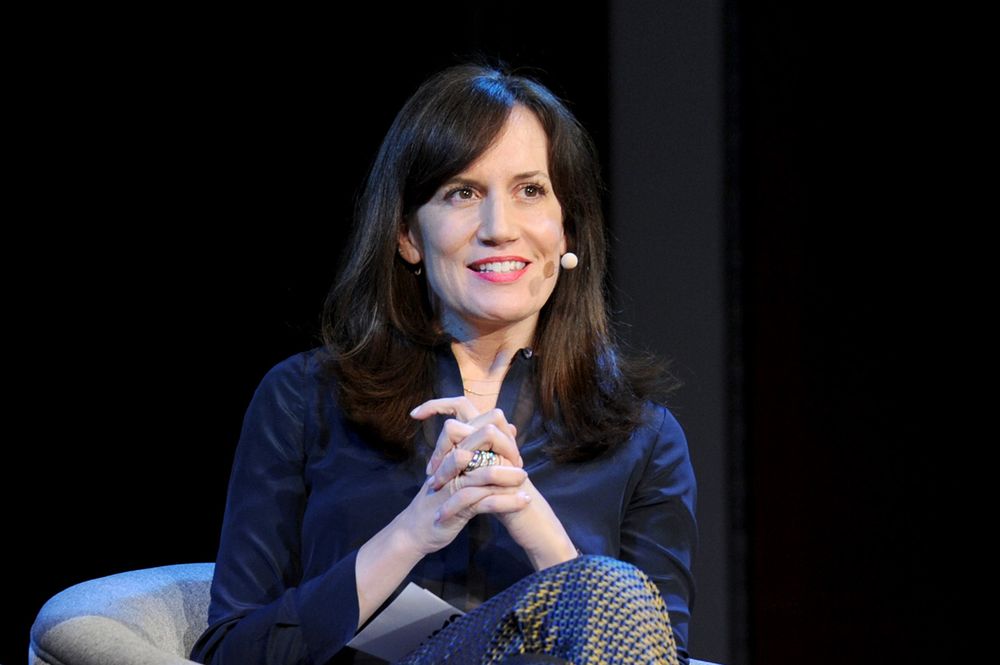
CHRONEXT’s appointments appear designed to not only strengthen the company’s digital marketing and brand building capabilities, but also to push more aggressively into the United States where Mr Briggs and Ms Vitale continue to live and work.

The appointments of Nobert Platt, a former CEO of Richemont, as an advisor to the company and Jacob Fonnesbech Aqraou as chairman bring experience, knowledge and valuable networking connections to CHRONEXT.

Mr Fonnesbech Aqraou has been a serial investor and advisor in European technology businesses for the past five years following 13 years at eBay, where he rose to become senior vice president for eBay marketplaces in EMEA. Along with his new role with CHRONEXT, he remains deputy chairman at TeamViewer, and chairman of Wallapop, Phase One and Capture One.

CHRONEXT also recruited Hamdi Chatti to its board at the beginning of the year. Mr Chatti is a luxury specialist, having spent over 25 years in leadership positions with Richemont and LVMH brands including Cartier, Piaget and Montblanc, Harry Winston and LVMH Jewellery and Watches. He was chairman of Damas Jewellery, one of the Middle East’s largest jewellers, until the end of last year and he remains chairman of Gübelin.
The fact that these superstars of retail and luxury are happy to have their names attached to a pre-owned operator like CHRONEXT would have been unthinkable five years ago. Now it feels like the start of a new phase of growth and sophistication for the entire sector.
As Ms Vitale says of her new employer: “Successful luxury brands are defined by a clear value proposition to both customers and partners. I was attracted to CHRONEXT by the clearly differentiated market offering of rigorous quality assurance, in-house refurbishment and guaranteed authentication. This is an exciting time to join CHRONEXT and I am looking forward to helping Philipp and the team become the premier luxury watch destination.”
An interesting view shared by all the major businesses in the pre-owned space is that we are really only at the beginning of a journey. Platform players like eBay and Chrono24 are likely to be slugging it out for years in what both see as a winner-takes-all market.
There is no clear market leader among companies that buy and sell their own inventory. The likes of CHRONEXT, Watchfinder, Watchbox, Watchmaster, Xupes, Bob’s Watches and Crown & Caliber, which buy, service, authenticate and sell prestige watches, are all strong in their home markets, but none yet has a dominant global share.

CHRONEXT’s CEO Philipp Man certainly has ambition to be the first global superpower, but concedes there is a long way to go, not least because the lion’s share of pre-owned watch transactions is still taking place in the physical world through myriad small traders.
“I would not say there are online market leaders yet in the UK and USA, for the simple reason that 95% of sales [for new and pre-owned watches], according to McKinsey, are still offline. Ultimately, we do not believe the online certified pre-owned business will be a winner-takes-all market,” he tells WATCHPRO.
“There may be a ‘winner’ that takes more,” he continues, “but the transition from offline to online, particularly for the pre-owned market where ecommerce is expected to account for 45% of sales within five years, suggests we are still pretty much at day one in our evolution. I am not so concerned if one player is a little bit bigger in the UK and another is a bit bigger in the United States. There is still such a high degree of fragmentation.”
Norbert Platt, the former Richemont CEO now advising CHRONEXT, agrees there are protracted battles ahead for market share, and is encouraging the company to focus on building an impregnable fortress in Europe before making forays around the world. “As CEO of Richemont for six years, I’ve handled a lot of brands. One thing I learned is: if you are not strong in your home market, whether that is Switzerland or Europe, you should not even try to conquer the whole world. It would not be intelligent; it would be escapism. You do not have the knowledge and resources, both human and financial, to do it. That is why I support CHRONEXT’s goal to become a dominant player in its own markets first, and to then expand in a concentric way,” he urges. “The United States and China are of course important. They are huge markets, but not all at the same time and not all now.”
Mr Man seems happy to take that advice. “In the short term, our major focus will be on our core European markets, but over a longer time frame, there are ways we can move more strategically into the US and also Asia. We do not want to spread ourselves too thin, and the potential in the European market is still huge,” he says.
Launching a company that sells both owned and third-party inventory from manufacturers, retailers and private suppliers is complicated enough, and it does not get any easier as the business scales. Grow too quickly, customer service can suffer and mistakes can be made with the potential to tarnish a reputation for years. Trust is a priceless commodity when it comes to luxury pre-owned watches.
UK-based Xupes was founded in 2009, and its most recently published accounts show its turnover was nudging towards £10 million 2019. The company’s founder and CEO, Joe McKenzie says growth has been deliberately held back because he did not want a rush to lead to compromises in quality that could damage trust. “We have chosen not to scale too fast in order to maintain customers service,” he insists. “The pre-owned watch business is very complicated and very specialised,” he adds.
With trust, a pre-owned operation starts to benefit from the circularity of its model. A customer buys a watch and is delighted with the quality of the piece, its price and the process of buying it. That may well lead to a second or third purchase from the same dealer and — importantly — he or she may also want to trade-in a watch at the same time. Keeping these customers coming back for more buying and selling is the number one goal of every successful pre-owned player, and repeat business is likely to be their number one KPI.
Watchbox co-founder Danny Govberg says the business is less about retail, and more about offering advice on buying and selling watches with its best customers in the same way that Morgan Stanley advises its high net worth clients on balancing the assets in their portfolios.
Mr McKenzie at Xupes monitors every transaction, and says repeat business accounts for around 30% of trades, a figure that the company is nudging up by 2% every year.
CHRONEXT has reached what it believes is an industry-leading repeat purchases rate of 30% within 36 months of initial purchase. “That is an important factor in a business where people do not typically buy and sell very often. We want to make buying and selling online as easy and simple as possible, so that it drives the whole concept of circularity. Buyers become sellers and sellers become buyers. This is what powers the eternal watch cycle,” Mr Man says poetically. “We are working hard to improve the service for our VIP customers. We want to make our service as convenient as possible for them, not necessarily for the highest ticket sales, but to increase transaction volume,” he adds.
If rapid growth is difficult while maintaining levels of customer service and trust, it seems inevitable that companies will look to amass market share through mergers and acquisitions. Until recently, most acquisitions of pre-owned watch specialists have been made by businesses in the primary market, Richemont’s purchase of Watchfinder in 2018 being the first and biggest example. More recently Watches of Switzerland Group bought Analogue Shift and Hodinkee bought Crown & Caliber.
There have been acquisitions among pre-owned players. In June, Germany’s Watchmaster expanded its reach into France with the purchase of Paris-based Montres Modernes et de Collection (MMC).
“Like us, MMC is 100% specialised in certified pre-owned (CPO) luxury watches,” Watchmaster CEO Tim-Hendrik Meyer said at the time. “We are very glad that our famous French counterpart is now part of the Watchmaster family. This will enable us to extend our presence in France as well as our overall physical retail footprint. We are planning on leveraging the decades of experience in offline retail which MMC brings to the table in order to open additional boutiques in Europe over the years to come.”
“What we are seeing is more than just a few one-off [M&A] moves, but it is too early to talk about it as a significant consolidation of the market. Overall, it is just the beginning and I think we will see a lot more of it. We expect to be a driver and we expect to see many more transactions. There will be a lot more capital coming into the market,” Mr Man predicts.
For consumers, talk of consolidation, mergers, acquisitions and KPIs is white noise. For them, the emergence of large, sophisticated and trusted players is all about choice, availability and price.
Over 18 months since the pandemic began, the supply of the most desirable watches is more constrained than ever because of soaring demand and production shortfalls brought about when factories were forced to close last year. The list of impossible to buy unicorn watches used to be limited to a few steel sports watches from Patek Philippe, Rolex and Audemars Piguet, but now you can add watches from major independents including F. P. Journe, Philippe Dufour, Kari Voutillainen and many more to the list. The original unicorns are also going wild, with examples like the sale of a factory sealed olive green Patek Philippe Nautilus for almost $500,000 at an Antiquorum auction adding fuel to the fire.
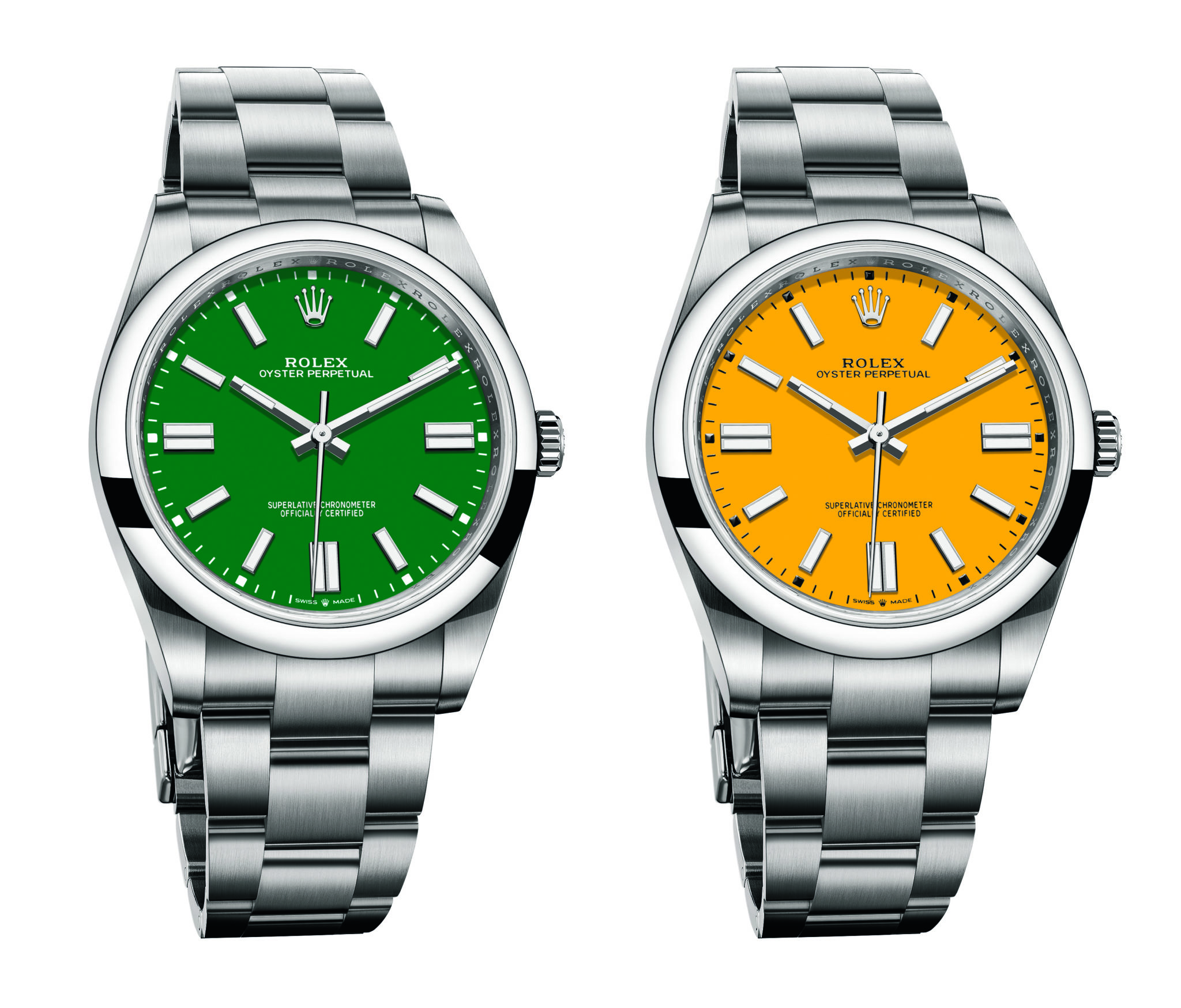
A study of secondary market prices by WATCHPRO in July found that prices for Rolex’s entry level Oyster Perpetual watches have rocketed since the collection was upgraded and expanded in September last year. For those that are frustrated at interminable waiting lists, Rolex did not help by creating a massive number of references in different sizes and various dial colours, which means demand exceeds supply for every one of them. Prices on the secondary market show the 41mm Oyster Perpetual with an aquamarine blue dial (often called a Tiffany dial) is the most sought after, with resale prices of £13,000 for a watch with a recommended retail price of just £4,700 (a 177% mark-up).
Watches of Switzerland CEO Brian Duffy says that the grey market has almost evaporated this year because demand is matching or exceeding demand for watches from so many brands.
CHRONEXT agrees, but not entirely because oversupply is ending. “I think of the grey market as a place where products have flooded in without any controls. They are sold in an unsuitable environment with unverified photography, no authenticity or guarantees. This market is shrinking, not purely because of the supply issue, but because customers are becoming more discerning about the level of service they want. They know there are players out there like CHRONEXT that can be trusted and have a high level of customer service,” Mr Man insists.
Norbert Platt, who oversaw a massive buy-back of watches, particularly for Cartier, when he was CEO of Richemont, believes there will always be mismatches between supply and demand, so new watches will continue to leak onto the grey market. “There is no doubt that ideally you want to aim for demand to exactly match supply. In fact, it is even better if demand is greater than supply,” he tells WATCHPRO.
“It takes a number of years to create a brand-new watch, so you have to make intelligent forecasts about global demand, and you rarely get it totally right. Things can change – just look at COVID or the downturn in China – which caused Richemont, particularly Cartier, to buy back watches from jewellers. Not every brand has the financial power to do so, which leads to a local oversupply of stock that can be sold to other territories at a decent price. That is what feeds the grey market,” Mr Platt adds.
With the pre-owned watch market already worth $18 billion in the pre-pandemic year of 2019, and with the major players reporting record sales in 2020 and into 2021, there is no doubt the sector has matured and scaled. There will be billionaire players in the market in the coming years. Whether those valuations come from a major player like CHRONEXT or Chrono24 does not really matter, the value is very real.
For now, CHRONEXT is committed to remaining independent, and Mr Man says its plan is to be the hunter rather than the hunted when it comes to potential mergers or acquisitions.

